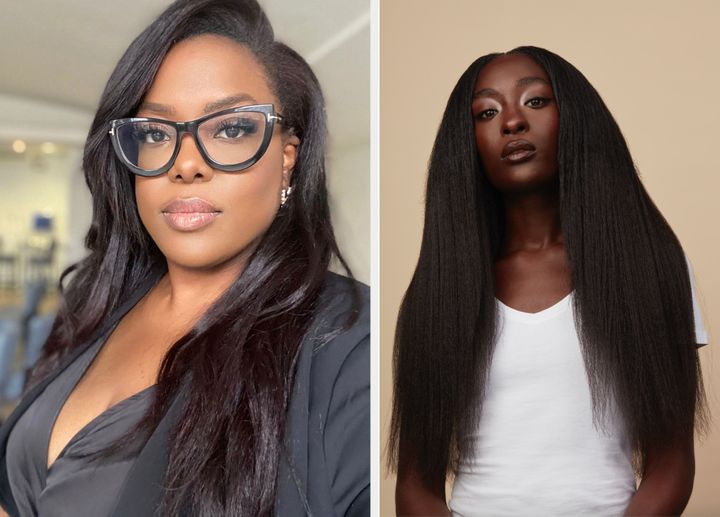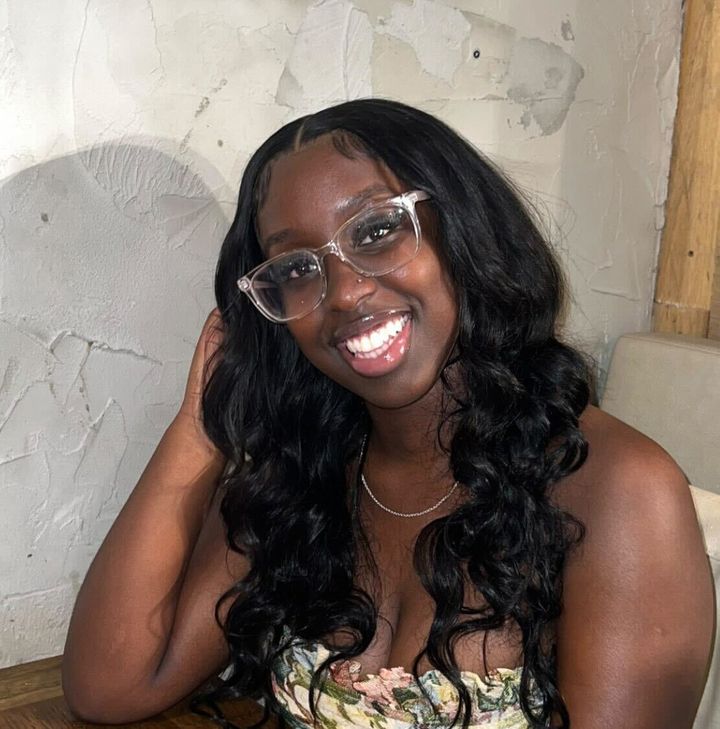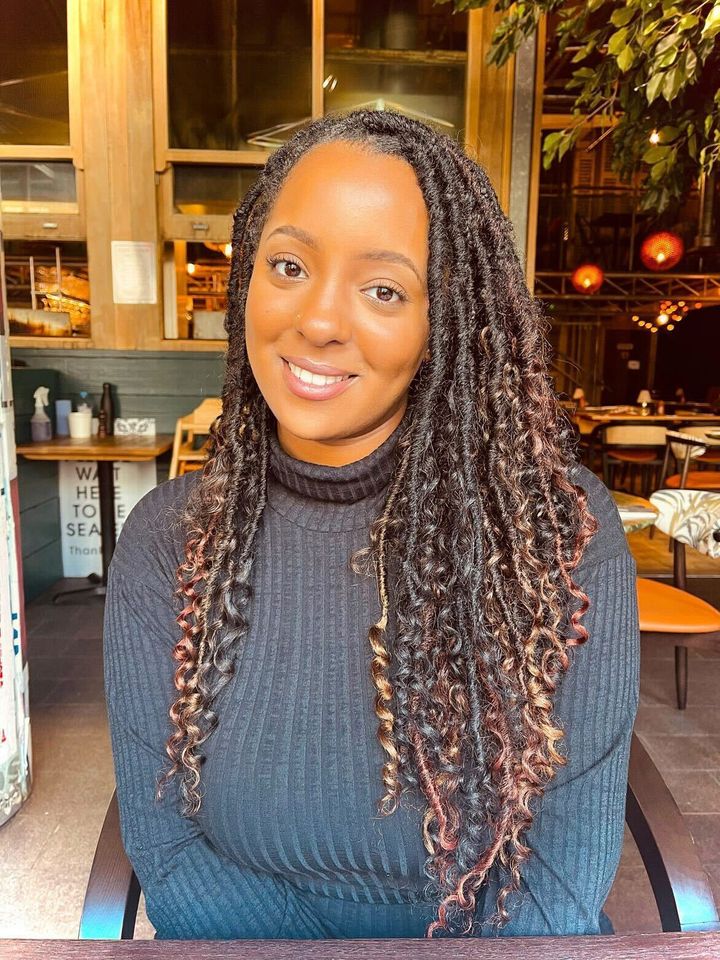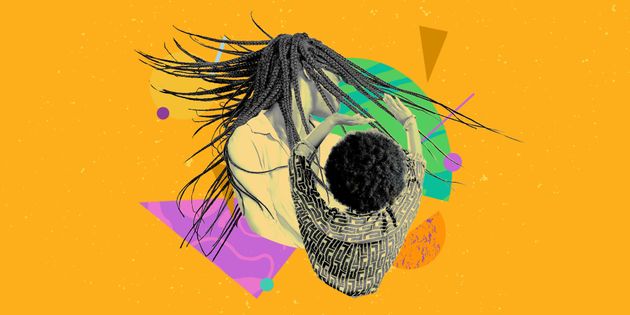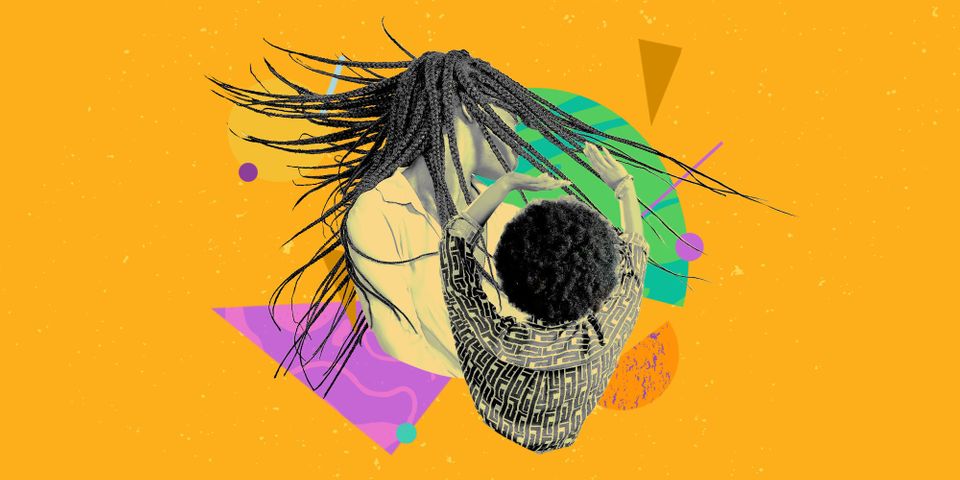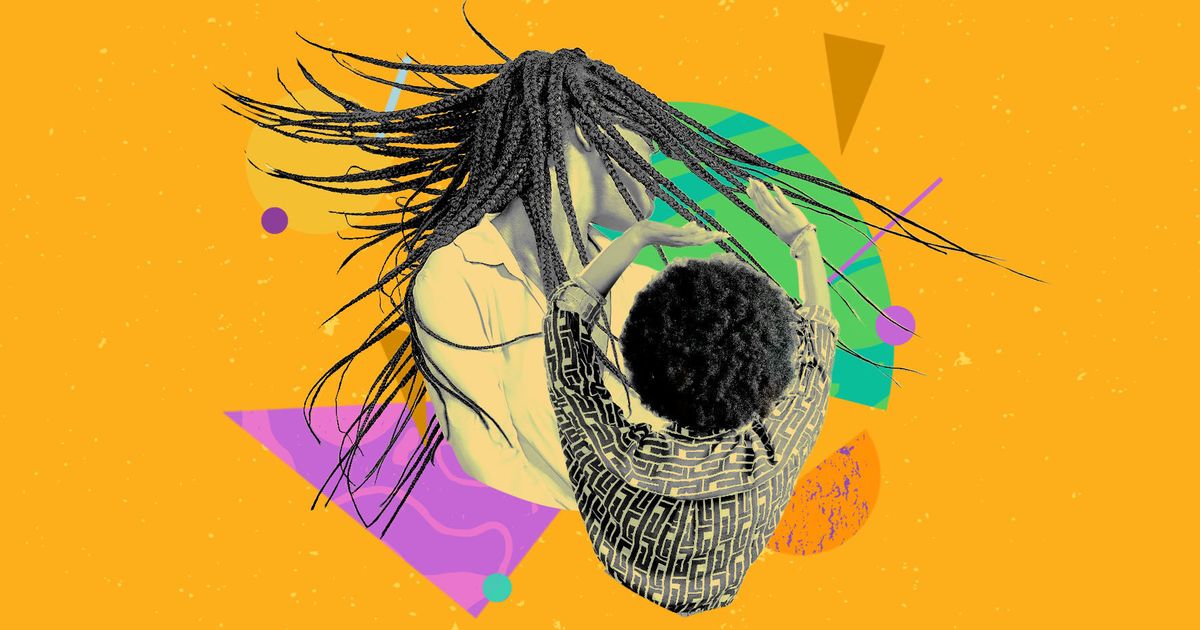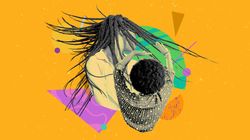You’re reading Gen:Blxck, a series exploring Black culture, history, family and identity through the generations.
On a Friday, Saturday or even Sunday night, there’s one place and one place only where you’ll be able to find me: the dance. As a resident ‘out-out’ girl, partying is where I feel the most alive. It’s a time where I’m able to dress up, drink, be with my friends and dance until the early hours of the morning. The enjoyment is doubled when I’m in a space where hearing afrobeats isn’t rare, where I don’t have doubt if the colour of my skin will hinder my chances of getting inside, where I can be free.
Advertisement
Note that I said ‘partying’ and not ‘clubbing’, as the Black club scene in London and other parts of the UK is pretty non-existent. Instead, almost all of us can be found at pop-up events from organisers like DLT, Recess, Pitch Sundays and Jay’s Link Up.
Today, these events make up for the lack of dedicated clubs catered to Black audiences – but it hasn’t always been this way.
In the 90s to the 2000s, Black clubs were on the rise. Playing music from garage, jungle, dancehall and grime, they were the places you wanted to be if you were Black and wanted to rave.
“It looked very much like a So Solid music video.”
– Alison Awoyera
Advertisement
Alison Awoyera, who a 34-year-old founder of Itsblackowned.com, found herself at her first rave at the tender age of 15. “I started going to under 18 raves, my first was at a night called ‘Final Conflict’ at a venue called Le Fez in New Cross, which is now closed,” she says.
“This was around 2003 and I remember feeling so grown, despite the crowd being mostly under 18. It was refreshing to hear the underground genres like grime and garage played on pirate stations on a night out.
“It was normal to have DJ sets in the rave too, with some MCs who went on to top the charts.”
She then started clubbing at a place called Yates in Lewisham nearly every week. Other clubs she frequented included Cameo’s, Silks & Spice and Rainforest Café, all located around south-east and central London.
The attire was simple. She recalls going to raves in flat shoes because people didn’t bother with heels. “Skirts, well-greased legs, and a cute top. Hair gelled onto forehead, a trend I see has returned and is now dubbed ‘edges,’” she shares.
“Guys wore any brash designer piece they could get: Avirex jackets, Iceberg jeans, Moschino (with the logo branded all over), Nike 110s.
Advertisement
“It looked very much like a So Solid music video, which makes sense as they were topping the charts back then. As we moved into nights in central London, we had to go smarter. Heels, dresses, and much better makeup, whilst men wore smart shirts and jeans, as flyers often ran on a ‘no hats and no hoods’ policy.”
She recalls the feeling of having a night catered to a Black crowd as “unmatched”.
“At larger venues like Ministry, there were different rooms catered to genres, so you could go from old school dancehall to grime and garage, feeling so content,” she says.
“I remember if ladies got there before 11 sometimes you’d get a glass of bubbly – it felt so classy, though in hindsight it was likely the cheapest!”
Nana Adjei, who is also known as FrenchkissDj, is a 44-year-old DJ and producer who owned a club in Shoreditch called ‘FK bar’ in 2002. He started out as a DJ playing music in west-end clubs when he noticed a lack of diversity in the nightclub scene.
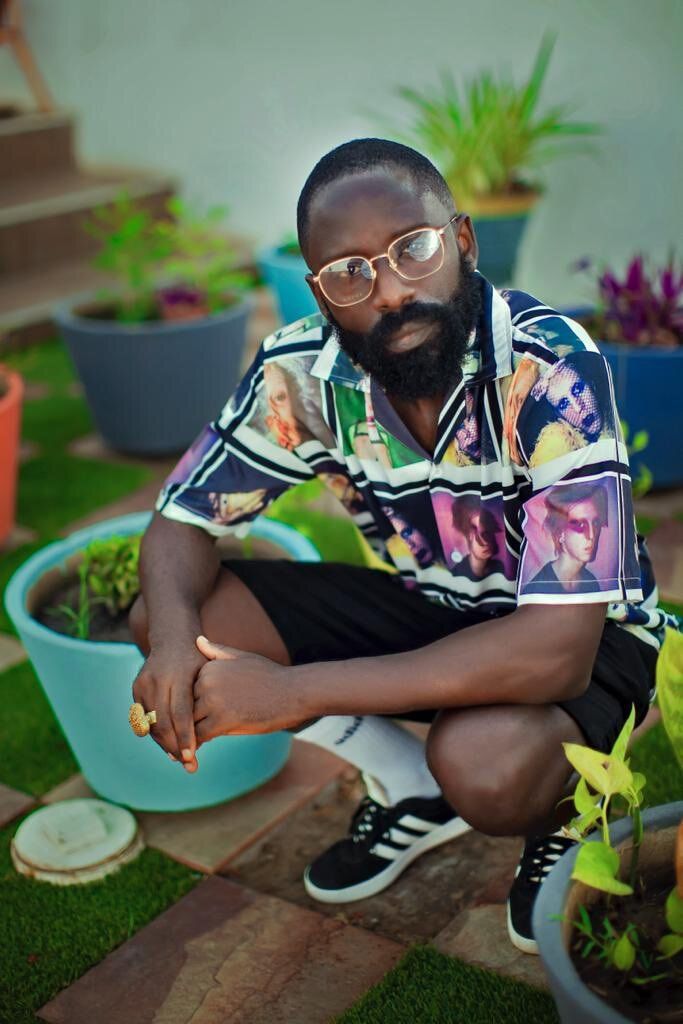
Nana Adjei
Advertisement
“There weren’t many Black clubs or bars or anywhere really that catered for our music. It’s always been a gap in the market so I wanted to tap into that and create a space for us,” he says.
“I started raving in the 90s but there weren’t many Black clubs then, more house parties. But coming into the 2000s, they started popping up.
“The vibe was lovely, we would play hip-life, bashment, dance but though the crowd was mainly Black, it was a mixed crowd.”
The venue would open every weekend from Friday to Sunday. He would promote the club through a mailing list or through text messages. “I used to get a friend of mine to just walk around with a clip and paper on the clipboard and take people’s numbers. So after that, we insert those numbers into the telephone box system,” he recalls.
“And then if we had events coming up, we’d pay for credit and text people with the relevant information.”
Advertisement
Eventually, the club closed as he experienced difficulty renewing the license. Since then, he’s moved to Ghana and opened the same club there.
“The rules weren’t as strict or stringent back then.”
– Naivasha Mwanji
When it came to going out, I learnt everything I need to know from my older sister. She started partying at the age of 13 (probably against my mother’s wishes) and would frequently attend under-age raves, eventually progressing to actual clubbing a few years later. It wasn’t uncommon in the community.
“The rules weren’t as strict or stringent back then and I think I went to my first nightclub when I was 15,” Naivasha Mwanji, a 32-year old partnerships and outreach manager, tells me.
Her go-to venues in the mid-00s were Club 19 in Forest Gate, Twilight in Canning Town, Cameos in Oxford Street and Guvna Bar which is now known as LA Lounge in Canning Town. Fast forward to today and nearly all of those clubs are closed.
Advertisement
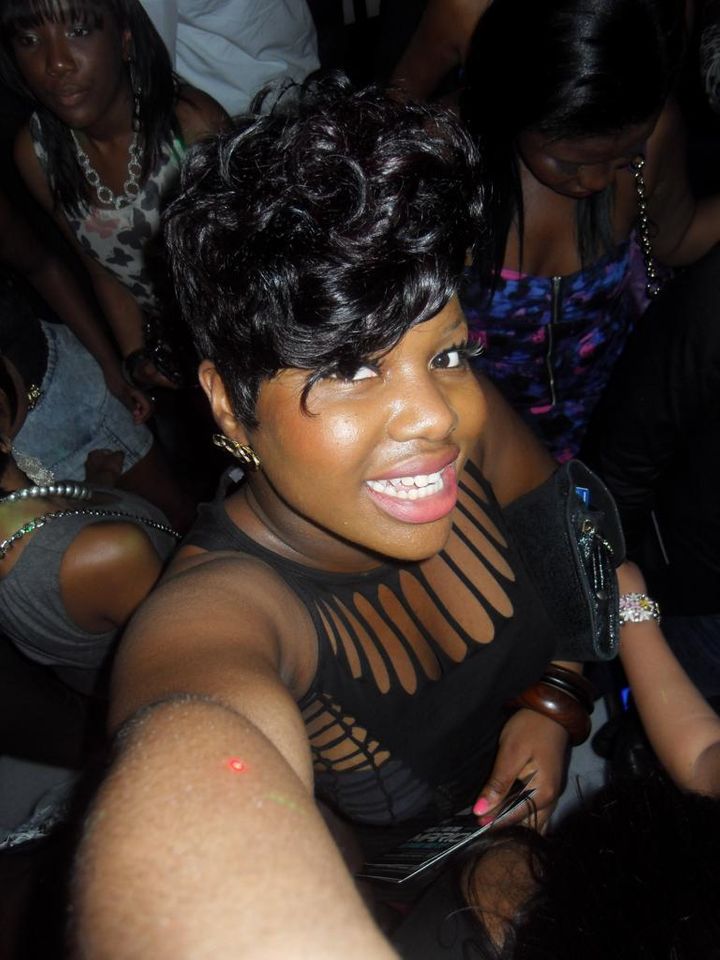
Naivasha Mwanji
In the past decade, the British club scene has been shrinking across the board. Nightclubs in Britain fell by 21% between December 2017 and December 2018, compared to a 1% yearly decline between 2013 and 2017, according to an industry report by the International Music Summit (IMS).
The pandemic only exacerbated the problem. The latest IMS report shows 2021 ticket demand for clubs was at just 36% of 2019.
But Black-owned nightclubs – or clubs catering specifically for the Black community – have felt the impact acutely, due to already being fewer in number.
Technomaterialism, a platform formed by Black writers, musicians and club workers, produced a detailed analysis of Black representation in the industry and found that in 2021, it sat at just 4%.
Advertisement
The gentrification of certain areas – with sky high property prices pushing out clubs – and form 696 have both been blamed for the decline of Black nightclubs.
Form 696 was created by the London Metropolitan police in 2005. Anyone who owned or hosted a party was required to provide information about the type of event they were going to host, the music that played, and the target audience of the crowd – often including ethnicity. Critics of the form say it allowed police to target events that played Black genres, such as grime and hip-hop.
Though the ethnicity and music style clauses were removed from the form in 2008, it was still in use until 2017, when it was eventually abolished.
In that time, clubs that once allowed Black people to feel free, shut down.
“It’s a space for people to enter without fear, a place they can move without barriers.”
– Founders of DLT
Without the clubs, we needed something to plug the gap. And today, Black event companies run the partying scene.
Advertisement
From Recess to DLT, Jay’s Link Up to Pitch Sundays, these groups are making a name for themselves hosting pop-up events at venues across the capital and beyond. Think you’ve found it hard to get tickets for Adele or Lizzo? Try getting tickets for DLT.
Days Like This, also known as DLT, was birthed in New York. “Our vision was to have fun with our people in the daytime with good music, food and vibes. After the success of our first few events, we realised how much the Black community needed something as joyous as DLT in London,” they told me.
Advertisement
“It then became our mission to be the standard and example for what positive and excellent Black events would look like.”
DLT want Black people to feel they have the freedom to experience their parties in whatever way they want to.
“Sometimes as Black people we go out to enjoy ourselves, but because of our surroundings, we may not feel we have the full ability to really experience the events as we’d like to – at DLT it’s very important for us for our attendees to feel that freedom in our space.
“We strive to create a space for like-minded people to fully enjoy our events. It’s a space for people to enter without fear, a place they can move without barriers.”
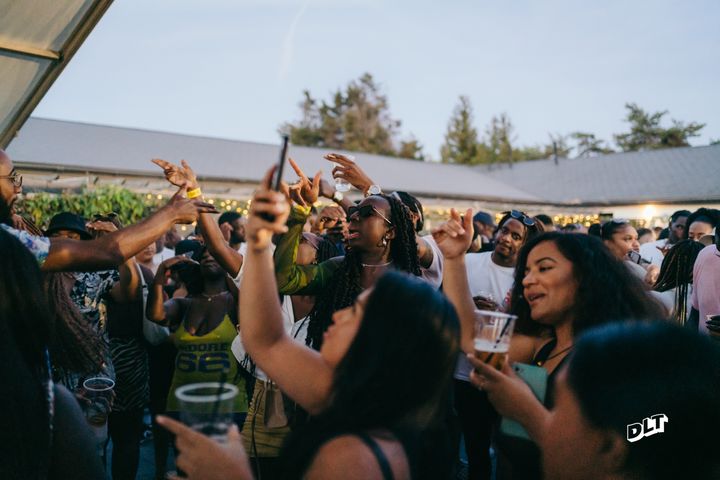
Kadir Gold
Advertisement
As well as DLT, there’s also a surge of smaller niche Black spaces making an appearance in London.
SSensational Sounds are a music collective, made up of DJs, producers and music lovers. Their mission is to push the EDM sound within the Black community. ”So music like Afro-house, Afro-tech, amapiano, funky, garage, anything under house music we want to push,” their spokesperson said.
Amapiano, a style of South African house music, has exploded in the last year with more amapiano raves flooding all over the world. As an amapiano lover myself, the music and the parties can’t be described – they have to be experienced. Anyone who listens to the genre will describe it as spiritual.
“One of the main reasons I created SSensational Sounds was because I’m a massive music head,” they told me. “I started hearing amapiano in 2019. So I was doing my research and trying to push the sound out.”
They would describe the atmosphere at SSensational Sounds as “intimate” as they’re smaller to the bigger names like Recess or DLT and their parties are called Ssensational Shoobz. “It’s for the people that wanna dance, have fun and hear new music,” they said.
Advertisement
“I go to a lot of house raves, and people there are so care-free, so I wanted to create this type of atmosphere whilst exposing people to new music.”
“You’re surrounded by people that look like you, whilst hearing music you like, dancing carelessly, it just feels like a community of joy.”
– Jasmine Akua
Pop-up parties for queer people of colour have also been on the rise, at a time when LGBTQ+ clubs are closing.
Organisations such as Reveur, Pxssy Palace, Fluid and Lick Events have created safe spaces for the Black LGBTQ community – a game-changer for people like Jasmine Lee-Zogbessou, a 26-year-old journalist from London.
“The one thing that makes these queer spaces better for me is the is the consistent emphasis on consent and ensuring that everything you’re doing in that space is welcomed,”Lee-Zogbessou says.
Advertisement
“The first ever queer event I went to was Lick Events and I’ve never felt such joy. As it’s a woman-only event i was able to dress the way I wanted without the fear of being harassed.”
Outside of queer events, she usually attends Black parties like recess and DLT. “The first time I went to Recess, I absolutely loved it. You’re surrounded by people that look like you, whilst hearing music you like, dancing carelessly, it just feels like a community of joy.”
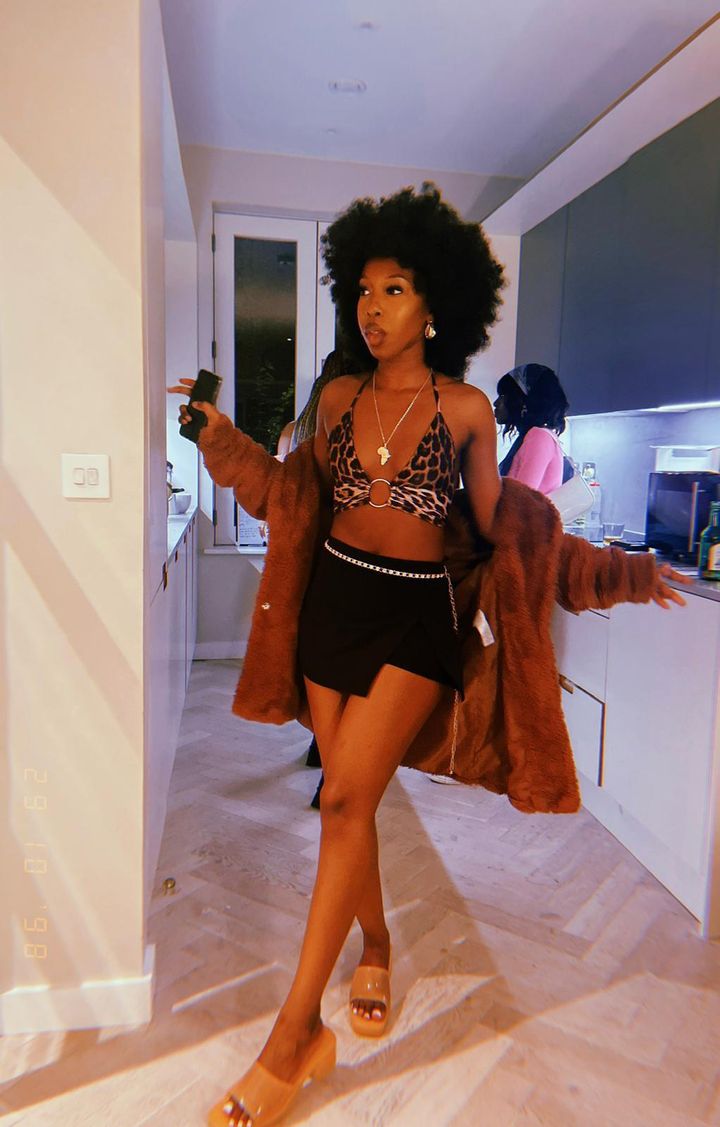
Jasmine Akua
But Jasmine notes an issue with these events – they’re not regular.
“If I want to go out on a random Friday night I can’t go, I have to wait until they have an event,” she says.
All this means the demand is high, tickets sell out in minutes and you can rarely buy tickets on the door. The solution is simple: more Black clubs, right? Unfortunately this isn’t a straight forward process.
Advertisement
Though form 696 has been scrapped, some club owners are still hostile to events catered to Black audiences.
So what does the future of Black parties look like?
DLT want more Black-owned club spaces that aren’t governed by harsher rules than their non-Black counterparts.
“In the future we need the larger venues to be more open to building better relationships with those on the rise as the space for Black parties is continually growing in demand,” they say.
As an out-out girl, I simply want these spaces to be the norm and not the exception, especially in areas outside of London where events are even more scarce.
These spaces aren’t created to alienate ourselves from ‘normal’ clubs, they’re born out of a clear lack of diversity and inclusion in the nightclub scene.
Advertisement
Now, Alexa, play ‘Heated’ by Beyonce, it’s time for me to get ready.
What does it mean to be Black and British? Well, it depends which generation you ask. This Black History Month, HuffPost UK has teamed up with BuzzFeed’s Seasoned and Tasty UK to find out. Read more from Gen:Blxck here.
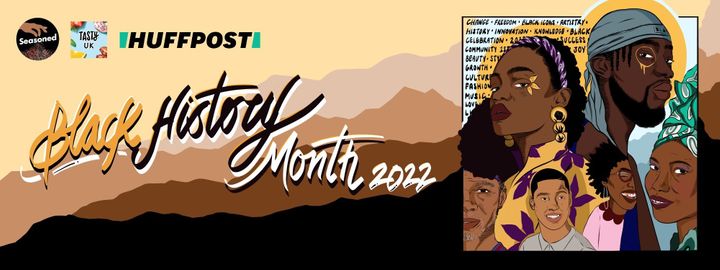
Paris Anthony-Walker


 ISLAND PRINCESS
ISLAND PRINCESS  Vibe Minister (@tiandemi)
Vibe Minister (@tiandemi) 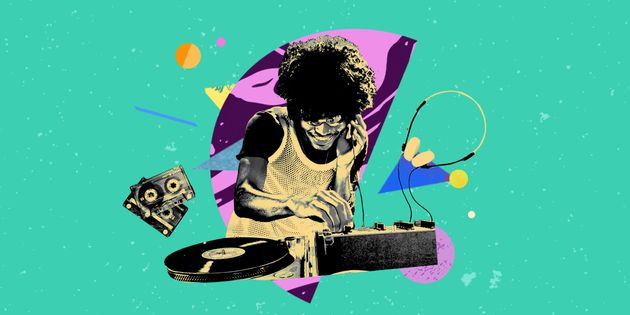
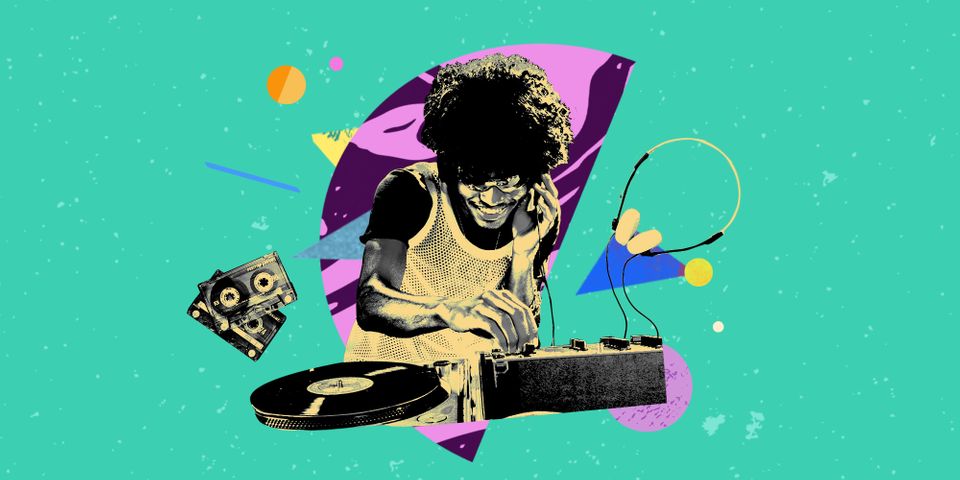
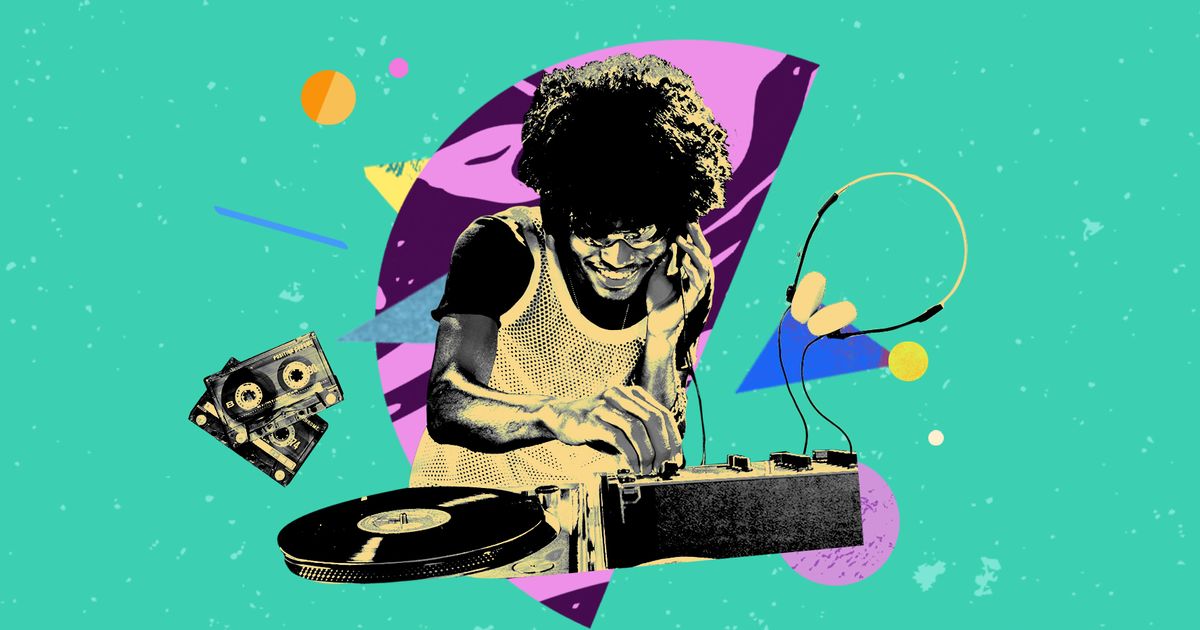

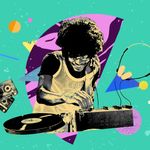
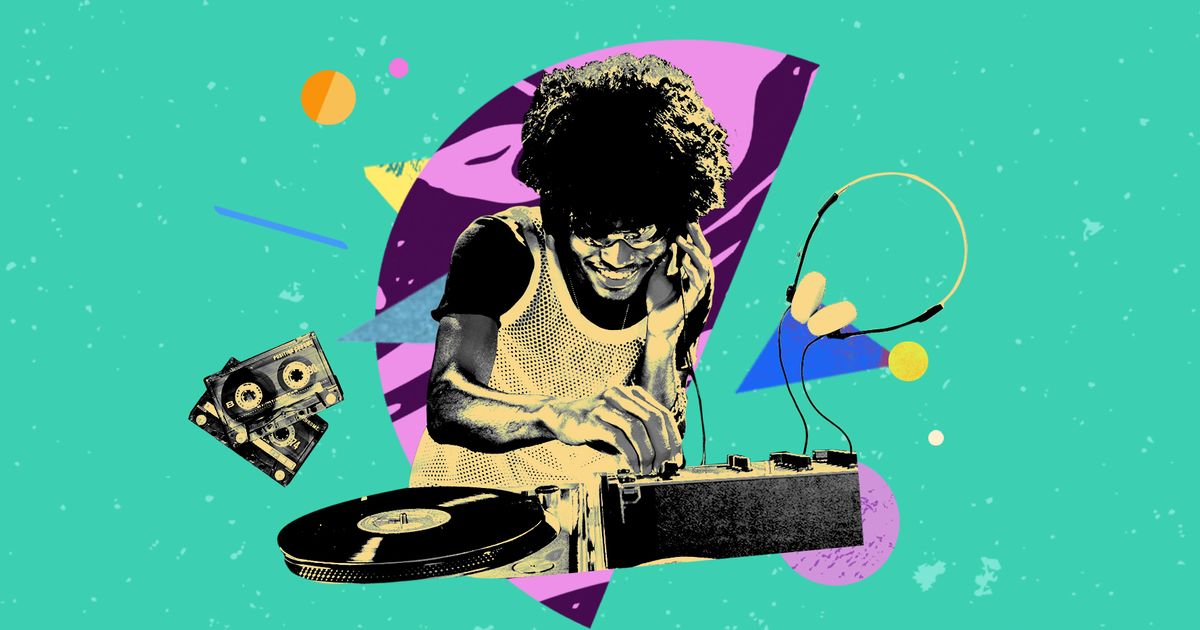

![Akirashanti Byrd: 'I spend a lot of time educating [women] on the available options.'](https://www.wellnessmaster.com/wp-content/uploads/2022/10/from-aunties-to-ig-hairdressers-black-womens-hair-ideals-are-changing-5.jpg)
